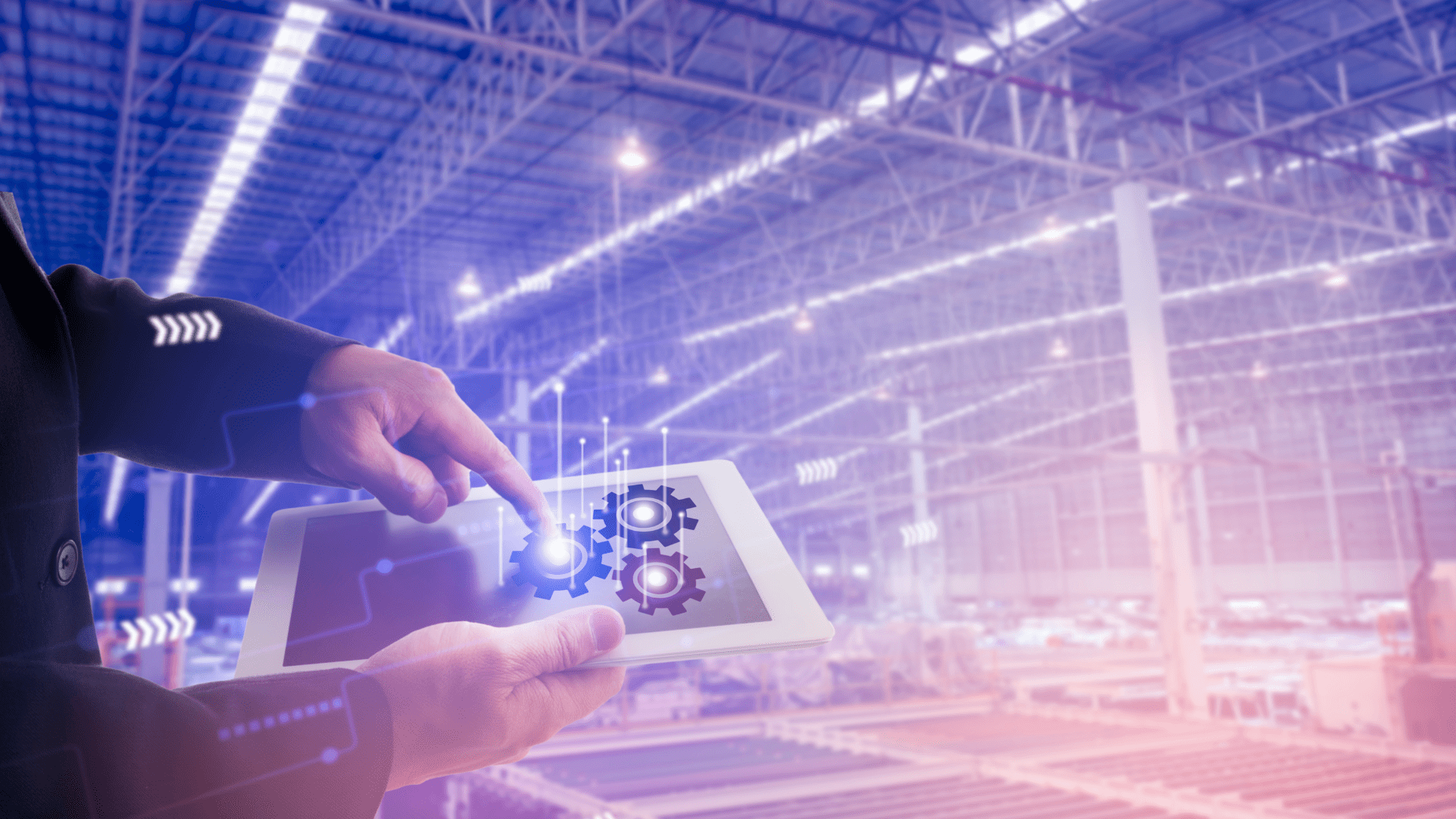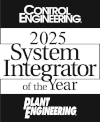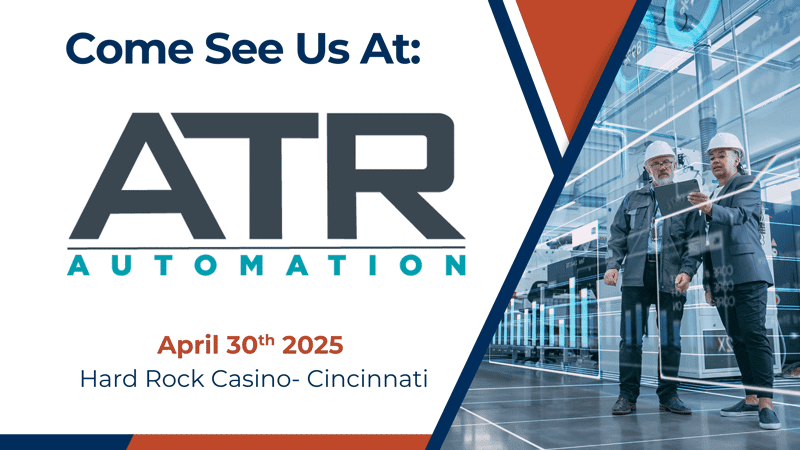In the midst of a climate crisis, manufacturers are turning to automation integrators as sherpas in their sustainability journeys. In the US, the manufacturing industry responsible for over 75% of all carbon emissions1. This includes supporting sectors like mission critical, mining and raw material extraction, raw material processing, and construction.
However, even narrowing our scope to manufacturing, specifically, sectors like food and beverage, automotive, and chemical are responsible for nearly 15% of total carbon emissions all on their own2. As a major contributor to carbon emissions, manufacturers have a duty to take measures that minimize their environmental impact.
Industrial automation is a readily-available resource that adds value at every step of the production chain while also moving companies toward their sustainability goals.
How Manufacturing Contributes to Climate Change
In the grand scheme of things, humans have exerted a significant impact on the environment since the Neolithic Revolution. But the manufacturing discussion really begins at the Industrial Revolution with the boom of fossil fuel usage. While methane and nitrous oxide levels wasn’t ideal, industry’s real danger has always been, and continues to be, CO2 emissions, which account for about 80% of total manufacturing emissions.
Earth’s natural climate change processes turn on CO2 levels, which is why manufacturing has had such a significant effect on climate. While there is a ~100,000 year cycle of cooling and warming that naturally occurs, current atmospheric CO2 is nearly double the levels it is in the warmest stages of those natural cycles3. This is unquestionably a result of human influence, especially since the Industrial Revolution.
When land clearance, development, fuel extraction and use, toxic waste disposal, and greenhouse emissions pump extra CO2 into the atmosphere, soil, and water, warming occurs. Sea levels rise. Oceans become more acidic. Ecosystems collapse. Rapid warming of just 5°C is enough to wipe out hundreds of species of plants and animals. These things all pose long-term threats to everything from global supply chains to resource availability to public health.
Cost & Eco-Friendly Benefits of Strategic Automation Solutions
Reduced carbon impact is a natural byproduct of well-designed automation systems. Consider all the operational benefits of implementing an integrated control system across a facility in an environmental context:
Automation Reduces Waste Generation & Disposal
Use Case: Manual palletizing processes at distribution centers are transitioned to robotics automation, which drastically reduces mistakes associated with retrieval, counting, and packaging.
Operational Benefit: Precision process automation leads to more efficient use of raw materials, which leads to lower cost of losses due to defects or incorrectly-filled orders.
Sustainability Benefit: Contribution to transportation and disposal of waste that’s toxic, perishable, or unable to be reused/recycled is minimized.
Automation Increases Production Capacity & Quality
Use Case: Food and beverage automation systems for drink manufacturers allow bottling and pasteurization to be performed continuously and with better quality control.
Operational Benefit: Continuous production unlocks the ability to scale, and more accurate material handling means more consistent, higher-quality processes, and less defects.
Sustainability Benefit: The ability to scale while also reducing waste generation minimizes the carbon impact of increasing production.
Automation Lowers Water & Energy Usage
Use Case: Building automation with smart HVAC, water and power monitoring systems automates control of utility and equipment usage. This includes shutting or reducing power to rooms/equipment that are not occupied/in use. This significantly reduces resource consumption.
Operational Benefit: Less energy and water use leads to lower cost of operations at manufacturing facilities. It also improves workplace safety, especially in facilities where toxic fumes are a factor.
Sustainability Benefit: Lowering energy consumptiRobots are becoming increasingly integrated into automation solutions for manufacturers, distributors, Biotech entities, and more. Technological innovations like machine learning, 4D vision, and AI have led to rapid evolution of complex robots with collaborative and even autonomous capabilities. The benefits of robotics system integration in an industrial facility are numerous, including improved accuracy, continuous work/production, and relief from labor stresses.
E Tech Group takes an agnostic approach to automation technology, which allows us to seek out the ideal vendor for specific applications. KUKA robotics is a long-standing global leader in the world of industrial robotics – always on the bleeding edge of what’s possible in automation. As a KUKA Robotics system integrator, we’ve come to rely on their disruptive approach to robotics applications in many of our automation projects.
Here, we discuss why:
KUKA Robotics: A Long-Standing Industrial Automation Innovator
KUKA Robotics is well-known for both its advanced robots as well as its innovative manufacturing systems. Founded in 1898, this German stalwart in industrial technology began in acetylene lighting before transitioning to welding technology, and shortly after, industrial robots. Today, their precision articulated robotic arms and cobots are their powerhouse products.
While KUKA’s robotics systems began in industrial welding, today they produce robotics that benefit clients across industries, some of which include:
- Aerospace: assembling complex structures, drilling, and riveting
- Automotive: welding, assembly, painting, and quality inspection
- Electronics: component placement, soldering, and testing
- Food and beverage: hygienic packaging, palletizing automation, and sorting
- Healthcare and medical devices: device manufacturing, laboratory automation, and surgical assistance
- Material handling: fetch and retrieve, warehouse automation, counting
KUKA’s Industrial Robots: Models & Capabilities
Our KUKA robotics system integrators have seen firsthand the benefits of their various models of industrial robots, which enhance quality, efficiency, precision, and safety in any application. Robots are proving especially useful in settings where tasks may be unsafe or where hygiene/sanitation is paramount. Some quick facts about KUKA robots:
Industrial Robots
KUKA’s industrial robots are renowned for their versatility and performance. They come in various payload capacities and reach options, suitable for applications like welding, assembly, palletizing, and machine tending. Popular models include:
- KR QUANTEC Series: High payload and reach capabilities, ideal for heavy-duty applications.
- KR AGILUS Series: Compact and fast robots for high-speed material handling and assembly tasks.
Collaborative Robots (Cobots)
KUKA’s LBR iiwa (Intelligent Industrial Work Assistant) is a leading collaborative robot designed to work safely alongside humans. It features sensitive sensors and intelligent control systems, making it suitable for delicate assembly tasks and human-robot collaboration in facilities with shared workspaces.
Autonomous Robotics (Mobile)
KUKA’s mobile platforms, such as the KMP series, enable autonomous transportation within factories and warehouses. They can navigate spaces efficiently, optimizing intralogistics and streamlining material flow.
Robotics Automation Software
KUKA’s KUKA. PLC mxAutomation software allows seamless integration of robots into existing automation systems. Their KUKA.Sim software enables virtual simulation and programming of robotic systems, reducing deployment time and minimizing risks.
KUKA robotics are not only reliable, they’re also highly precise, flexible, scalable, and designed for safety and collaboration. With KUKA robotics system integrators offering comprehensive training and support, the learning curve for robotics automation implementation is minimized.
The E Tech Group Advantage: Innovation in Integration
As a North American leader in industrial automation services, we take on a wide variety of projects for diverse clients across manufacturing sectors. As automation continues to integrate advanced robotics and AI, companies require robotics automation integrators that keep up on industry education and technological developments. E Tech Group works with KUKA Robotics because they share these same values, which enables us to offer our clients the best resources in terms of industrial robotics.
Combined with our unique brand of collaborative, dedicated project management, E Tech Group completes unmatched work for every client, every project. Whether it’s a complex factory automation system retrofit or a simple control panel replacement, we are focused on client success in the present and for the long haul.




